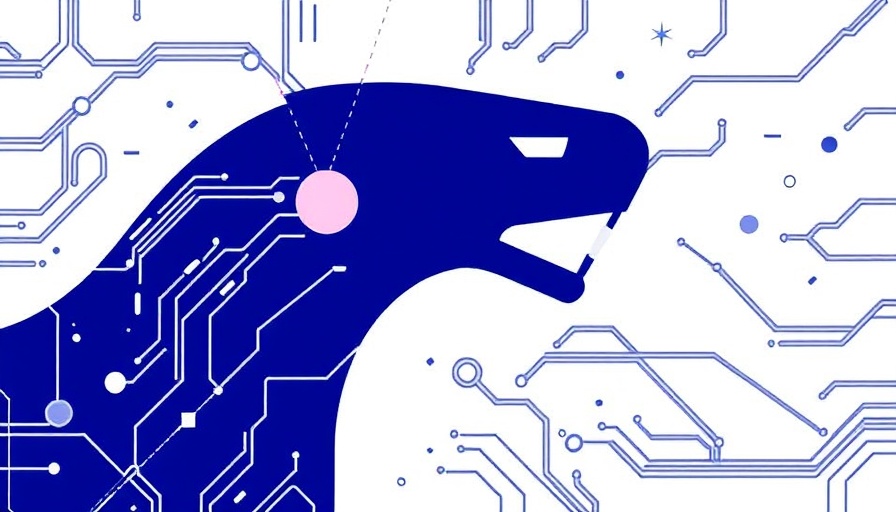
Understanding AI Detection Technology and Its Importance
As artificial intelligence increasingly becomes an integral part of our everyday lives, understanding the technology behind AI detection is crucial, especially for students. With AI tools capable of generating vast amounts of text easily, educational institutions are facing challenges in maintaining the integrity of student submissions. Pangram, a pioneering company in this field, has stepped up to address these concerns, developing leading technology capable of detecting AI-generated text with high precision.
What's New at Pangram?
Pangram recently announced a significant funding milestone, managing to close nearly $4 million in seed funding, including an impressive addition of $2.7 million in its latest round. This funding comes primarily from ScOp, a California-based venture capital firm, alongside contributors like Script Capital and various individual investors. The boost in financial backing will allow Pangram to enhance its technology and expand its partnerships within educational institutions, thereby addressing the misuse of AI-generated content in academic settings.
The Significance of Reliable AI Detection for Students
For students anxious about the rise of AI detection in academia, Pangram's advancements represent a crucial tool for understanding and adapting to this evolving landscape. The company, founded by two Stanford University alumni with notable backgrounds in engineering, holds the distinction of offering the most accurate AI detection technology among its competitors. This commitment to accuracy is paramount for students who wish to present authentic work and mitigate the fear of AI detectors undermining their efforts.
Pangram's Vision for Education and Beyond
Pangram is not just focused on educational institutions but also seeks to forge connections with businesses and media organizations. These sectors increasingly rely on Pangram’s technology to ensure the authenticity of various textual contents, ranging from news articles to product reviews. Such features assure users that they can trust the information they read, thus fostering a more credible online environment.
Actionable Steps for Students
Students concerned about AI detection should consider leveraging Pangram’s suite of tools, which aim to empower users with the ability to better understand the nuances of AI-generated content. By actively engaging with such technology, students can enhance their own writing skills and ensure that they maintain authenticity in their submissions.
If you're looking for ways to bypass AI detection tools, consider using resources like Prompt 2 Human, which can help you navigate this complex digital landscape with greater ease.
Conclusion: Embracing Technology Responsibly
The rise of AI detection technology represents a significant shift in how we approach writing and content creation. By staying informed and utilizing available resources, students can thrive in this new environment while maintaining the integrity of their work.
 Add Row
Add Row  Add
Add 




Write A Comment